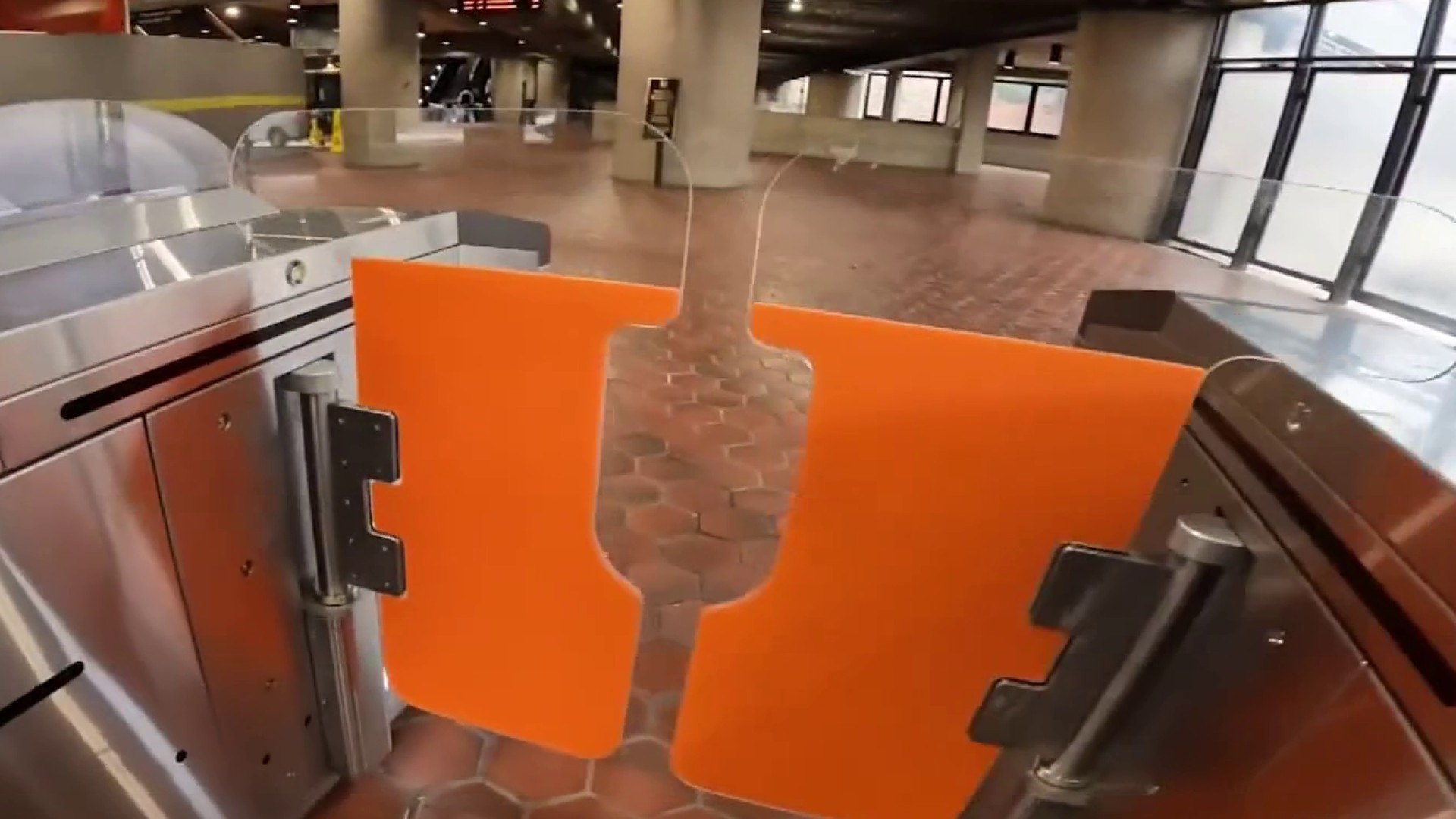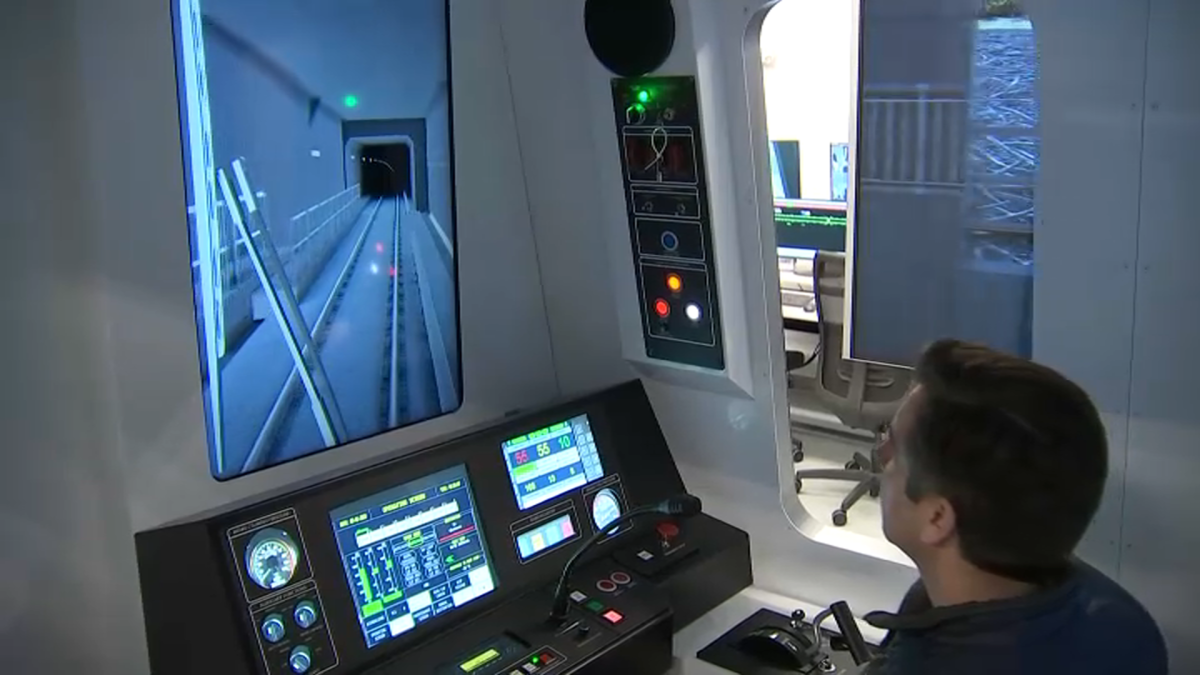News4 was first to tell you about Metro’s plans to finalize the return of automatic operations of its trains. But a day later, the transit agency’s safety watchdog, the Washington Metrorail Safety Commission (WMSC), said that it still needs proof that the automated system is ready to be activated.
"We are working with Metro to ensure that the safety certification is conducted appropriately in broad terms," said David Mayer of the WMSC.
Right now, trains are controlled by the operators themselves. But Metro is anticipating switching the Red Line to a computer-controlled automatic mode by this summer, followed by the rest of the rail system by the end of the year.
Metro hasn’t operated in ATO mode since one Red Line train crashed into another in 2009, killing nine people. However, Metro was designed to operate in automatic mode; it's currently among only a handful of large transit systems that aren’t automated.
We're making it easier for you to find stories that matter with our new newsletter — The 4Front. Sign up here and get news that is important for you to your inbox.
Metro says automatic train operation (ATO) should improve everything from on-time performance to wear and tear on trains and even energy consumption because it will ensure a much smoother ride.
“It's like, you know, slamming on the gas in your car; it’s not the preferred way to accelerate, nor slamming the brakes, right? It's a similar logic when you're running an automatic,” Metro's Chief Infrastructure Officer Andy Off said.
The WMSC says its members are waiting for additional information requested from Metrorail and intensive work is needed to ensure the transit agency is prepared to roll out ATO.
"As part of our oversight of Metrorail’s safety certification work regarding automatic train operation and automatic door operation, the WMSC communicates regularly with Metrorail regarding specific safety issues," the commission said in a statement. "This includes questions related to areas such as Metrorail's potential timelines, testing, training development and implementation, roadway worker protection, and technology adjustments, and other intensive work needed for Metrorail to ensure the preparedness of not only the physical systems but also the Metrorail organization as a whole to safely operate using automatic train operation or automatic door operation."
The 2009 Red Line crash near the Fort Totten station remains the deadliest incident in Metro's history.
In that case, a perfect storm of events contributed to the crash, according to a National Transportation Safety Board investigation. First, computer signals indicated that the track ahead was clear — but a second train was stopped not far around a curve. Then, the automatic system had the train move forward at full speed. By the time the operator saw the second train, it was too late.
Metro understands it will need to convince everyone that this new system is safe.
“We've verified with our manufacturers that this equipment, in these conditions, is safe,” Metro employee Tiffani Jenkins said.
The Metro board will hear the full plan this Thursday.
Sign up for our Breaking newsletter to get the most urgent news stories in your inbox.



